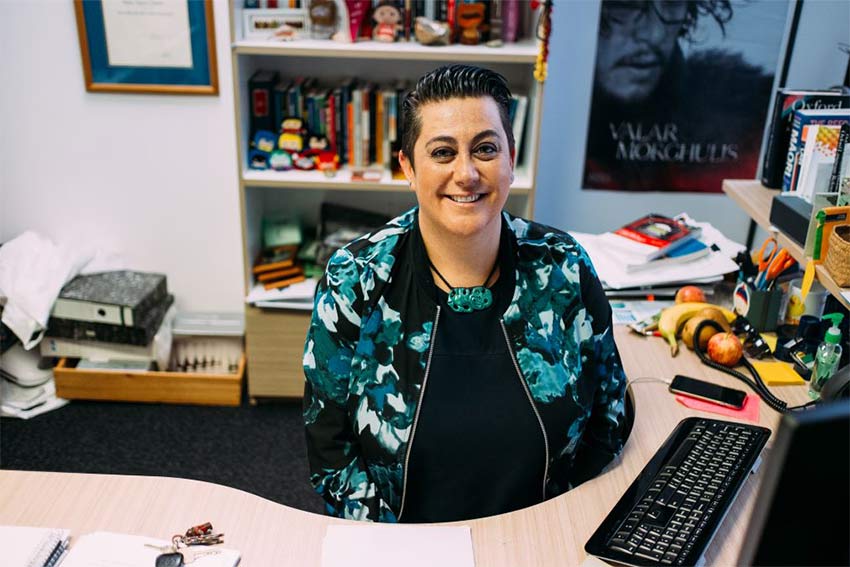NZ law schools embed, teach bijural law

Big changes are underway at New Zealand’s law schools – including at AUT.
Two years ago, the NZ Council of Legal Education (NZCLE) decided that, from Semester 1 2025, te ao Māori and tikanga Māori content and assessment would be compulsory for all law students in the core courses that form the backbone of the Bachelor of Laws degree in NZ.
The decision reflects the longstanding call from Māori legal academics, practitioners, and judges to recognise the relevance of tikanga Māori to many facets of NZ’s legal system. The CLE decision was a response to the recommendations of the “Inspiring National Indigenous Legal Education for Aotearoa’s Bachelor of Laws Degree” project funded by the Borrin Foundation. The project, led by Māori legal academics, concluded that law schools should offer bicultural, bijural, and bilingual legal education – to reflect the status of tikanga Māori as the first law of Aotearoa, and its relevance to contemporary law, policy, and practice.
AUT Law School Dean, Associate Professor Khylee Quince (Ngāpuhi, Te Roroa, Ngāti Porou, Ngāti Kahungungu), says the many challenges of implementing this change are outweighed by the raft of rewards it will bring. Khylee is working with NZ’s other Deans of Law and Law School colleagues around the motu to ensure the redesigned tertiary law curriculum is underpinned by robust evidence and best-practice tools around tikanga Māori and the law.
She welcomes the long-awaited, recently released Law Commission study paper “He Poutama” which was commissioned by the Minister of Justice in 2021.
“This is the first comprehensive attempt to describe tikanga Māori as a normative system of law and practice and will be an invaluable taonga for our curriculum and pedagogical transformation in coming years,” says Khylee.
Acknowledging the hard mahi of colleagues at and beyond AUT Law School, Khylee is confident the result will be the realisation of a vision long held by Justice Tā Joseph Williams. He described Māori law as the “first law of Aotearoa”, one that too often collides with Pākehā law, the second law, and called for a “third law of Aotearoa" to be established.
Khylee says He Poutama reflects a necessarily nuanced, shared approach to the task at hand.
“I particularly like the use of the indefinite article ‘he’ suggesting the report is not meant as a prescriptive description of tikanga – rather it is ‘a’ version, intended to assist in the ongoing pursuit of knowledge. The cover of the report shows tukutuku, an art form that requires two parties to work together weaving harakeke/flax. This collaborative effort is an apt metaphor for the weaving of the two legal traditions of this country into ‘Lex Aotearoa’, the unique law of this place.
“The other thing about tukutuku is that as an audience we see the beautiful tidy side that adorns a wall, and the back is often a mess of mistakes and workarounds hiding the complications of a collaborative task!”